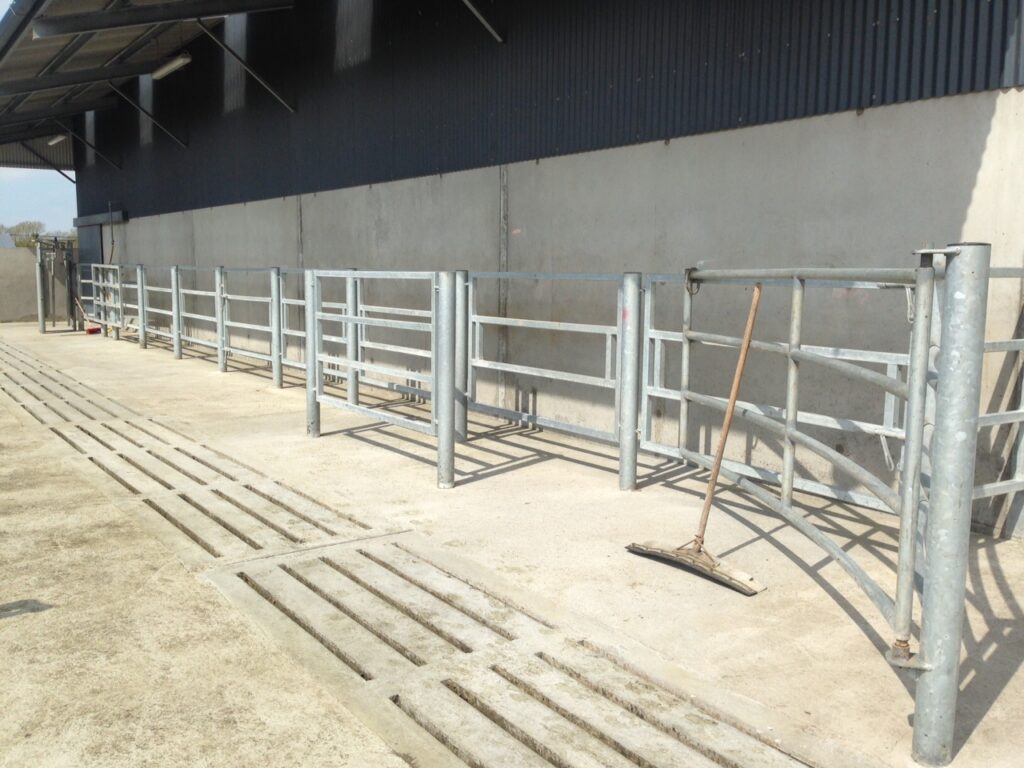Breeding is a valuable long-term tool to increase the docility of livestock, according to Teagasc geneticist Dr Noirin McHugh.
She was speaking at a Seminar on Safety with Livestock held at the Teagasc Animal &Grassland Research and Innovation Centre, Moorepark this week.
Dr McHugh said that genetic studies show that heritability of genetic factors controlling docility is in the 0.2-0.4 range, which allows considerable scope to breed for docility over a number of generations.
Breeding from aggressive animals should be avoided and such animals should be culled from herds, she added.
Commenting on the rise in farm deaths caused by cow attacks, which have exceeded bull attacks in recent years, Dr McHugh said that cow aggression around, or after, calving is a genetic trait that can also be reduced through breeding.
She added that bovine maternal aggression has been viewed as a ‘physiological condition’ but this is not the case and has a genetic influence.
‘Farmer behaviour strongly influences livestock aggression’
Teagasc Health and Safety Specialist, Dr John McNamara also spoke at the seminar and said that with the breeding season in full swing, bulls are now at pasture and present a particular hazard which requires on-going attention.
He outlined the following precautions when bulls are at pasture:
- Fields should be securely fenced and gates locked, avoid using fields
- Close to public access and display warning signs.
- Aggressive bulls should never be allowed to run with a herd.
- A strong chain should be fitted to the ring.
- Always keep the bull in your sight. A tractor, or farm vehicle, should be used as a source of protection.
- When separating a bull from the herd, good handling facilities should be used, with two adults present.
The Teagasc Health and Safety Specialist also advised that good livestock handling facilities in farmyards and out-farms play an essential role in preventing accidents by providing a means of controlling animals and allowing easy husbandry and veterinary tasks be performed.
He said that considerable grant aid is available for modernisation of facilities under the current Targeted Agricultural Modernisation Scheme (TAMS 2) which runs until 2020. He urged farmers to consult their advisor regarding making a comprehensive TAMS application.
Dr McNamara also pointed out that farmer behaviour can strongly influence livestock aggression. Cattle are agitated by shouting, barking dogs, and sudden movements.
Cattle have poor visual depth perception and need time to adjust to changes in lighting or the presence of the farmer.
Cattle have panoramic vision and can see everything around them except what is immediately behind them.
Approaching from the front or side is less startling than from the rear, he stated.
Cattle form lasting impressions of painful or frightening events which could result in future handling problems. In contrast dealing with stock in a calm way results in less stress and higher performance in cattle, he added.

